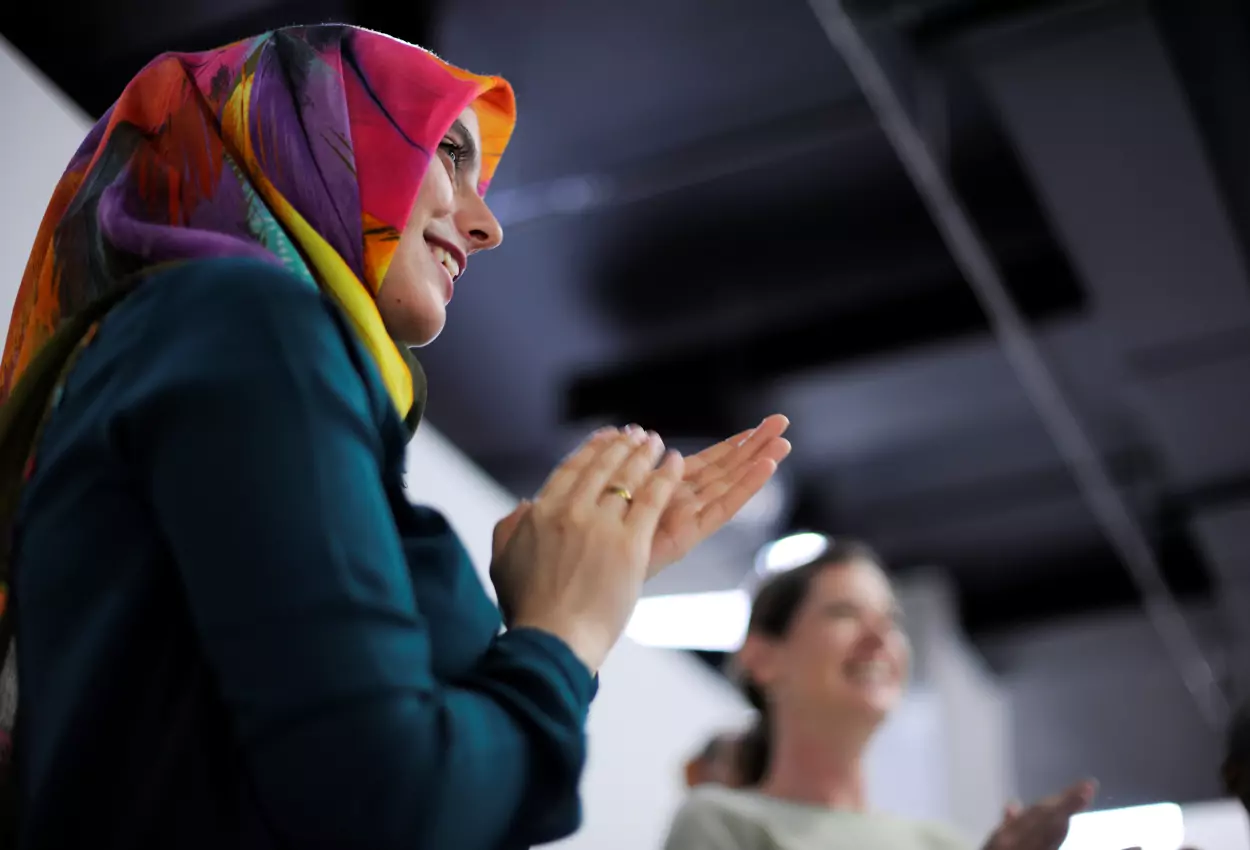The Middle East has witnessed significant progress in gender equality over the past few decades, with one notable area of transformation being the evolution of female workspaces. These environments are no longer just physical spaces but also symbolic representations of inclusivity, empowerment, and innovation. Governments, private organizations, and social entrepreneurs have played pivotal roles in fostering these changes, creating spaces where women can thrive professionally while balancing cultural and societal expectations.
A Historical Perspective
Traditionally, the workspace in many Middle Eastern countries was heavily male-dominated, with limited opportunities for women to participate. Societal norms and cultural expectations often relegated women to domestic roles, and female participation in the workforce was minimal. However, shifts in education, economic reforms, and global influences have gradually paved the way for increased female employment.
In the past, women who entered the workforce often found themselves in roles segregated by gender, such as teaching or healthcare, with limited access to managerial or leadership positions. Workspaces were rarely designed with their needs in mind, and there was little focus on inclusivity or support for women balancing professional and personal responsibilities.
The Rise of Women-Only Workspaces
In recent years, the Middle East has seen a surge in the establishment of women-only workspaces. These environments cater specifically to women’s professional needs while aligning with cultural and societal values. They provide safe, comfortable, and supportive settings where women can work, network, and collaborate freely.
The concept gained traction in Saudi Arabia, where Vision 2030 emphasized increasing women’s participation in the workforce. Initiatives like Females First Academy and women-only coworking spaces such as Hekma Spaces have created opportunities for women to build businesses, upskill, and connect with like-minded professionals.
These spaces often feature tailored amenities, such as childcare facilities, flexible working hours, and professional development workshops, addressing key barriers that traditionally hinder women’s career growth.
Integration in Traditional Workspaces
While women-only workspaces are valuable, the ultimate goal is to create inclusive environments across all industries. Organizations throughout the Middle East have begun adapting traditional workspaces to be more accommodating to women. These changes range from providing gender-neutral policies to offering leadership training programs tailored to female employees.
Flexible working hours and remote work options have been game-changers for women balancing family responsibilities. Companies like Majid Al Futtaim and Emirates Group have set benchmarks by introducing family-friendly policies that ensure inclusivity while maintaining productivity.
The Role of Government Reforms
Government initiatives have been instrumental in the evolution of female workspaces. Countries like the UAE, Saudi Arabia, and Bahrain have introduced labor laws mandating equal pay, protection against workplace harassment, and maternity leave. These policies not only safeguard women but also encourage businesses to prioritize diversity and inclusion.
For instance, the UAE Gender Balance Council has been pivotal in promoting gender equality across sectors. Similarly, Saudi Arabia’s Vision 2030 emphasizes the integration of women into the workforce, leading to reforms such as allowing women to drive and easing guardianship laws.
Technology and Digital Workspaces
The rise of technology has also played a crucial role in reshaping female workspaces in the Middle East. Digital platforms and remote work opportunities have opened up new avenues for women, enabling them to work from home or set up online businesses.
E-commerce, freelancing, and digital marketing are particularly appealing sectors for women, as they offer flexibility and independence. Platforms like She Works and Arab Womenpreneurs provide online tools and resources to help women launch and grow their businesses.
Additionally, tech hubs across the region, such as Dubai Internet City and KAUST in Saudi Arabia, are actively encouraging women to join STEM fields, signaling a shift toward greater representation in traditionally male-dominated industries.
Challenges and the Road Ahead
Despite significant progress, challenges persist. Cultural norms and societal expectations continue to influence perceptions of women in the workforce. Many women still face discrimination, a lack of mentorship, and limited access to senior roles.
Moreover, the availability of female-centric workspaces and inclusive environments is uneven across the region. While countries like the UAE and Saudi Arabia lead in these efforts, others are still catching up, necessitating more widespread implementation of reforms and initiatives.
To ensure sustained progress, there is a need for:
- Public-Private Partnerships: Collaboration between governments, businesses, and NGOs to create more inclusive workspaces.
- Awareness Campaigns: Efforts to challenge stereotypes and normalize women’s roles in various industries.
- Mentorship and Networking Opportunities: Programs that connect aspiring women professionals with experienced leaders.
- Focus on Education: Encouraging young women to pursue careers in diverse fields, especially STEM.
Conclusion
The evolution of female workspaces in the Middle East is a testament to the region’s commitment to inclusivity and economic growth. By creating environments that cater to women’s needs and ambitions, the Middle East is not only empowering half its population but also unlocking immense potential for innovation and progress.
As governments, businesses, and communities continue to work together, the dream of equal opportunities for all—regardless of gender—edges closer to reality. The transformation of workspaces into hubs of inclusivity and empowerment will undoubtedly be a cornerstone of the Middle East’s journey toward sustainable development.



